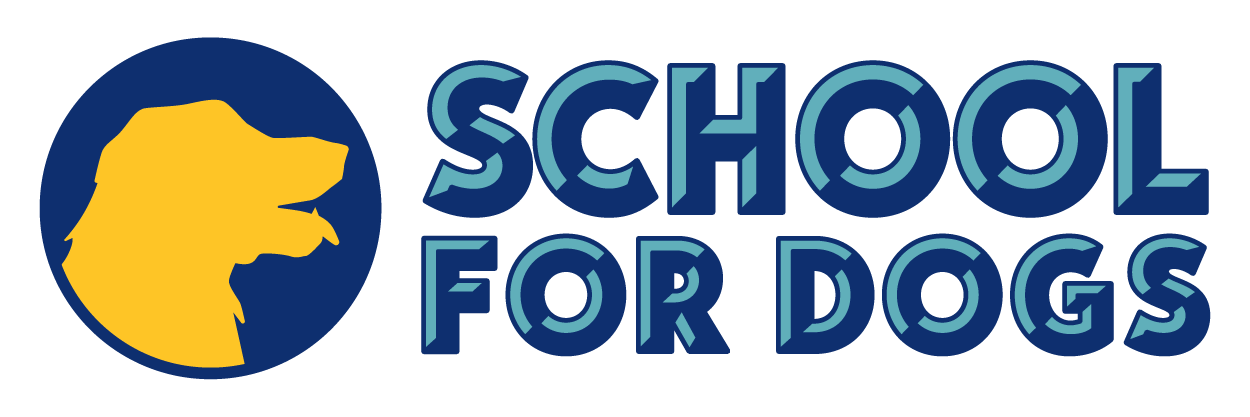As humans, we tend to be predisposed to looking for “bad” things” as a side effect of living in a punitive society. If someone steals your wallet, you’re going to notice right away and want them punished for doing something morally wrong. Whereas if you leave your wallet laying out and nobody touches it, you’re not going to think “wow I’m so glad that person over there didn’t steal it, let me go give them $20”. As a society, we just don’t habitually look to acknowledge and reward good behavior.
So, how is this relevant when it comes to training our dogs?
Every interaction we have with our dogs is a learning opportunity for them – whether it’s intentional on our part or not. In fact, the majority of our dogs’ “training” comes in the form of routine interactions. With this in mind, it’s so incredibly important that we look for good behavior and reinforce it every opportunity we get. Positive reinforcement dog training involves reinforcing with food, cuddles, or a simple “good dog”. If all you ever do is look for and reinforce the good choices they make then you will make huge strides towards having a well mannered dog.
That’s all well and good, but how do we start thinking about applying this to our day to day lives with our dogs?
Capturing Good Behavior
Start small. If there’s food on the counter and they aren’t trying to steal it, a simple calm “good dog” can positively reinforce that they’re doing the right thing. If you spot your dog checking in and engaging with you, acknowledge them with a smile or praise. Even just talking to them and giving them a little interaction will help develop the long-term behaviors we want to see. If you have treats handy, toss them a treat for engaging with you or offering other behaviors that you’d like them to continue. There’s no need to think grand scale, absolutely perfect behavior either! Which leads us to-
Better Than Bad Is Good!
Sometimes finding the good can be as simple and as difficult as looking for any little baby step in the right direction. For example, imagine you’re working with a reactive pup. This pup, let’s call him Bob, usually starts lunging and barking 50ft from other dogs. You’ve been working on this and today at 50ft you notice Bob is barking but not lunging on their leash. Is that perfect behavior? No, not yet at least. But looking at where you started, it’s a step in the right direction – better than bad is good. Bob has made progress.
For another example, imagine you are potty training a ten week old puppy. Yesterday there were four accidents in the house, which is exhausting for everyone. Now you get to the end of the day today and realize they only had two accidents. Is two accidents ideal? No, we all want zero accidents. However, is two accidents a whole lot less bad than four? ABSOLUTELY. Progress, not perfection is our goal when we’re training
So Take a Breath
Looking at our dogs through this lens can really help us when we’re getting frustrated and feel like we’re not making progress with our training. Focusing on seeing the tiny little improvements makes it easy to recognize and appreciate how far we’ve come from where we started. It’s challenging at first to really start seeing these choices and reinforcing them compared to just seeing how far you still have to go. But the more you do it the easier it will get. Before you know it this concept may even leach into the rest of your life as you start noticing the good in situations and the people around you more than you had before.
Learn more about our services and view our current class schedule HERE.
